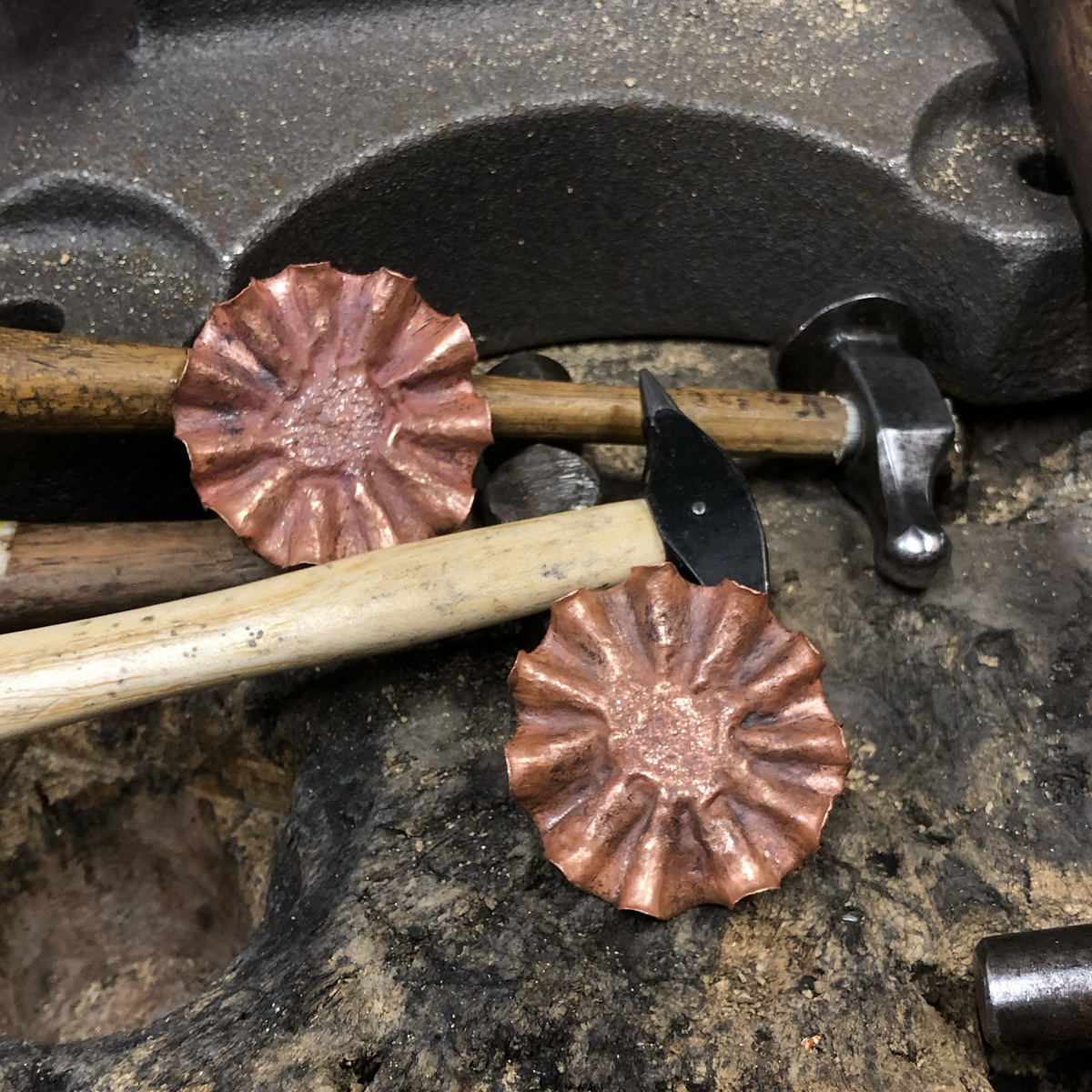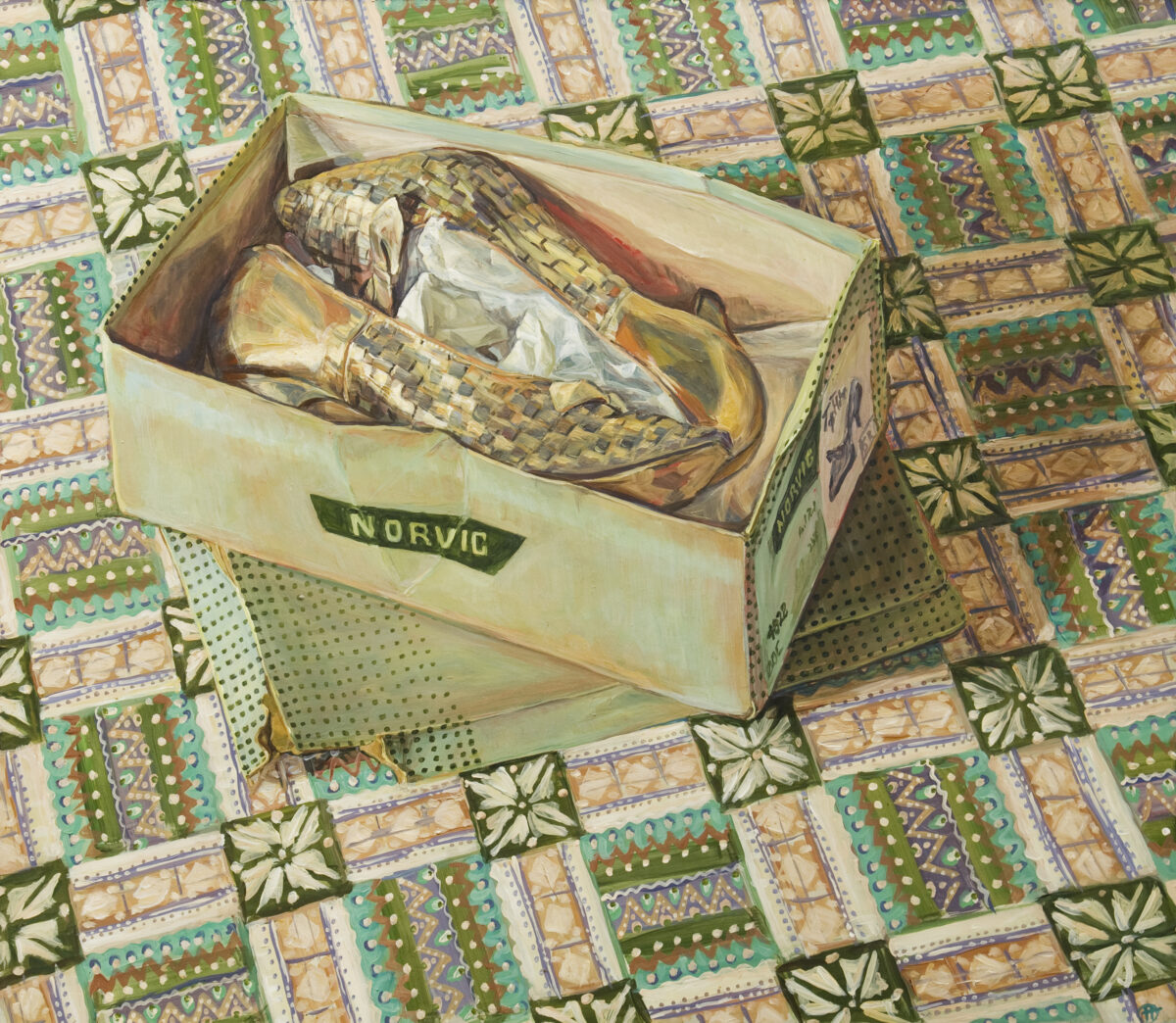Step into the mesmerizing world of Tasmania’s Colonial and Federation period, where art, history, and symbolism intertwine to shed light on the aspirations, and interactions of individuals during a transformative era of exoticism, identity quest, and societal change..
Delve into the emotions and aspirations of Tasmania’s residents during this transformative era, where the allure of the unknown opportunity were intertwined with the quest for a distinct Australian identity. Through a fusion of art, history, and symbolism, this exhibit sheds light on the complex lives and interactions of individuals during a time of great change.
Dominating the space is a sketch of an 11 metre tall Palm tree (Canary Date Palm Phoenix Canariensis), standing as a symbol of the allure and mystique associated with the faraway colonies. These non-native Palm trees, thriving amidst Georgian and Federation buildings, evoke a sense of foreign aesthetics that captivated the imaginations of European observers. Planted over a century ago, likely from seeds sourced from the Botanical Gardens, they now embody the visions of those who meticulously tended to them. At the base of the Palm tree, a collage reminiscent of 19th-century wallpaper depicts exotic motifs that were popular during that period.
An architectural marvel featured in this exhibition is the Trinity Chapel building in Brisbane street Hobart, which witnessed multiple transformations—from army and convict barracks to a prison and court. This structure exemplifies the aspirations of many to create an ordered and refined life in Tasmania, even amidst the chaotic and occasionally violent circumstances. Nestled amidst the breathtaking natural beauty and Georgian elegance, Trinity Chapel becomes a poignant symbol of the pursuit of a better future.
Beyond the realm of history and architecture, the exhibition hints at themes of choice, personal relationships, growth, and identity. It acknowledges the role of tourism in shaping Tasmanian society, where early settlers embarked on leisurely trips up the Derwent River to New Norfolk, basking in the scenic vistas and embracing a sense of relaxation. The closure of Port Arthur in 1877 propelled it into a popular tourist destination, solidifying the long-standing connection between tourism and places of suffering. This fascination with dark tourism, prevalent in Europe until the late 1800s, persists today, with ghost and prison tours captivating audiences worldwide.
Tourism allows for contemplation of the built and natural environment, fostering a deeper understanding of the past and shaping individual and collective identities. It becomes a lens through which social structures and hierarchies are observed and evaluated. Drawing inspiration from the grand European tours, originally undertaken by idle aristocrats but later embraced by the middle and upper lower classes, tourists partake in customs and acquire “relics” that define their experiences. These judgments manifest through clothing choices, accents, manners, and the depth of engagement with the surroundings.
The exhibition also explores the phenomenon of artefact and memento collection, an enduring tradition in tourism that continues to resonate worldwide. However, this practice has led to the depletion of natural resources, such as shells on beaches and historic convict bricks, and the influx of low-quality imported products, diminishing the significance of genuine artefacts. Amidst this discussion, a group of ambiguous figures symbolises the complexities of human interaction and affections, inviting viewers to reflect upon the intricate dynamics at play.
The term ‘black swan’ meaning an unlikely or impossible occurrence is used here
As part of this experience, the exhibit offers a little Trinity Chapel paper model, following the tradition of tasteful tourist mementos, these provide an opportunity for reflection on one’s journey and make perfect gifts for those who were unable to attend the exhibition but wish to capture its essence. Available for renowned French Loire Valley castles and major European cathedrals, these educational and portable keepsakes offer a tangible memory of a visit to Hobart Town.
References:
“Tourists” by Lucy Lethbridge
“Hobart Town” by Peter Bolger
“Van Diemen’s Land” by James Boyce
Materials: Cartridge paper, watercolour, transparent film, LED lighting
Model kit available at Miss Bond Salamanca and National Trust Penitentiary Chapel Site Campbell. Street Hobart $22














